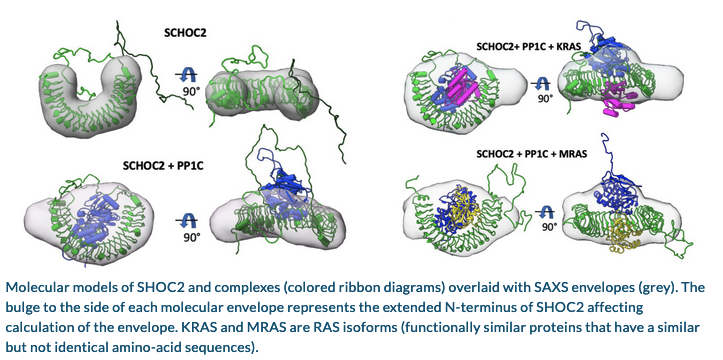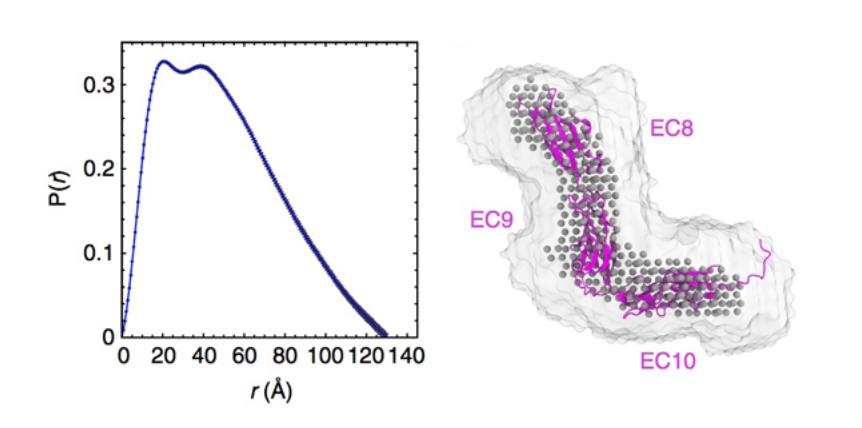SIBYLS help signal target for Anticancer Drugs
Researchers from Genentech in collaboration with SIBYLS beamline scientist, Michal Hammel, used Small Angle X-Ray scattering to learn how an assembly of three proteins works together to transmit signals for cell division. The work reveals new targets for the development of drugs to fight certain types of cancer, including lung, colorectal, and pancreatic.

